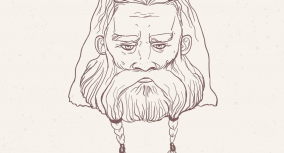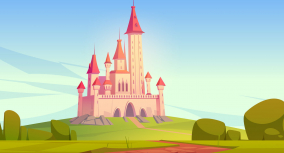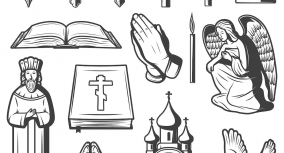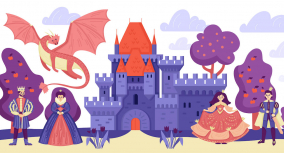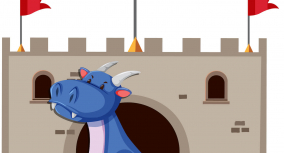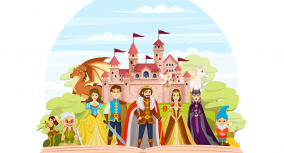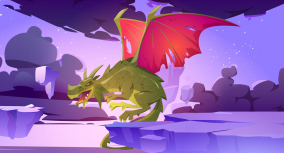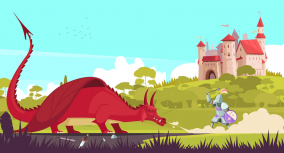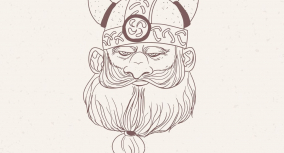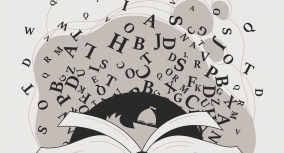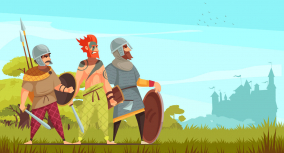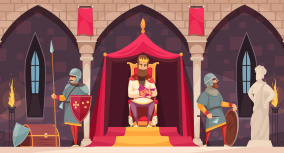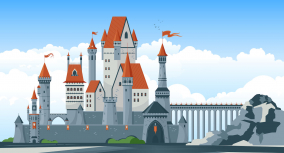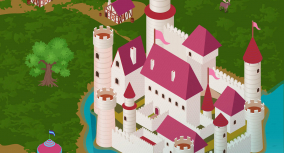In Beowulf, the Anglo-Saxon culture manifests itself in gift-giving, hospitality, feasts and celebrations, and the mixture of Pagan and Christian traditions. Such notions as lords, thanes, and warrior tribes were also typical for this culture.
In the Anglo-Saxon culture, any achievement in a battle had to be rewarded. There were no markets where one could buy gold cups and necklaces. Good weapons were rare and cost a lot. Kings and lords gave these objects as gifts to those who were worth them.
Hospitality was a common trait for medieval people that made their life more joyful. When a guest arrived, it was a cause for celebration. Not to mention battle victories that were commemorated with feasts.
When the described events took place, Christianity was far less prevailing than Paganism. The old habits persisted. People believed in fate and endowed physical objects with magical properties. For instance, Hrunting, Unferth’s sword, never failed in battle, making it a “lucky” weapon.
Their society was organized as warrior tribes. The king was the strongest warrior who could defend his tribe from any natural or supernatural enemies. The people gather around this warrior to have a more secure life. There is much evidence for this fact. Notably, Beowulf fights the dragon even though he was too old for the venture. Wiglaf, the only warrior who stayed with his king in that battle, would become the successor to the throne. Such tribes were ruled by lords (or kings) and thanes (warriors who were close to the king).
Thank you for reading this article! If you are looking for essay title ideas on Beowulf, take a look at our essay topic collection or try using our title-generating tool.
